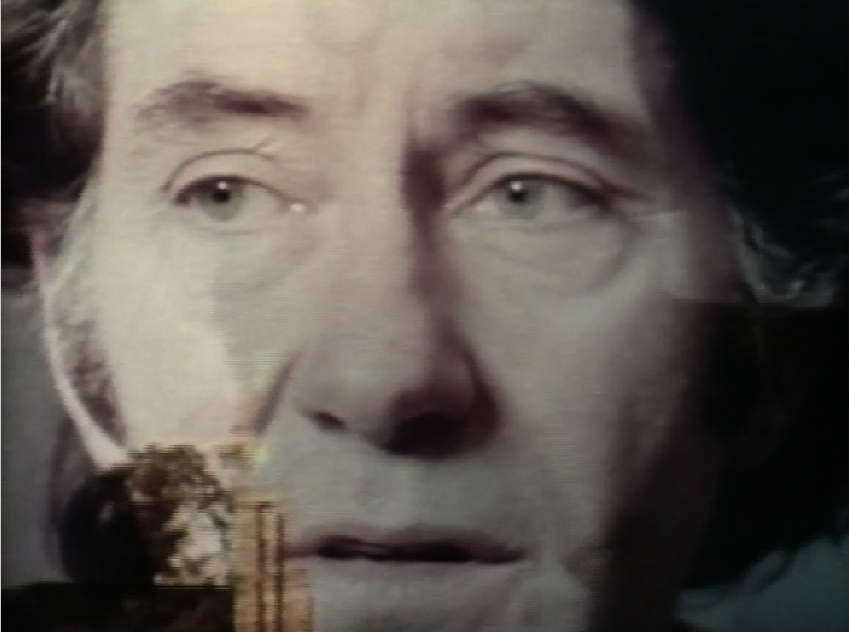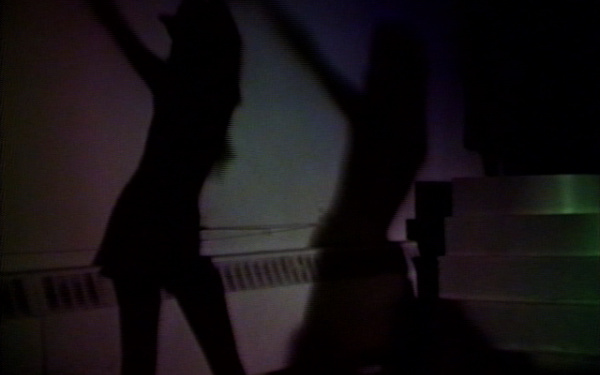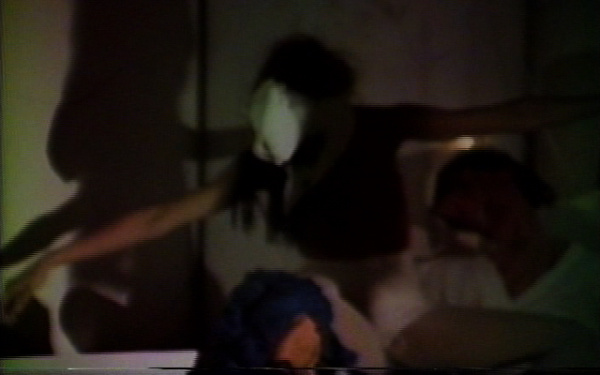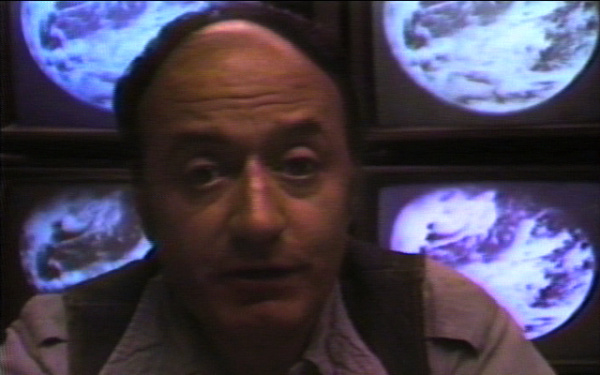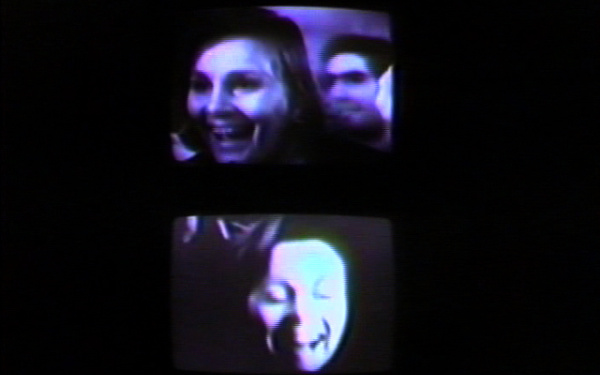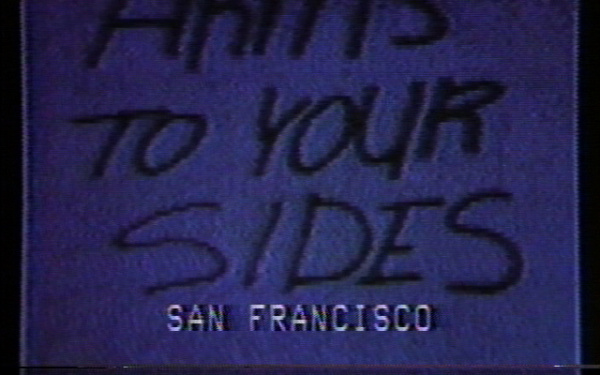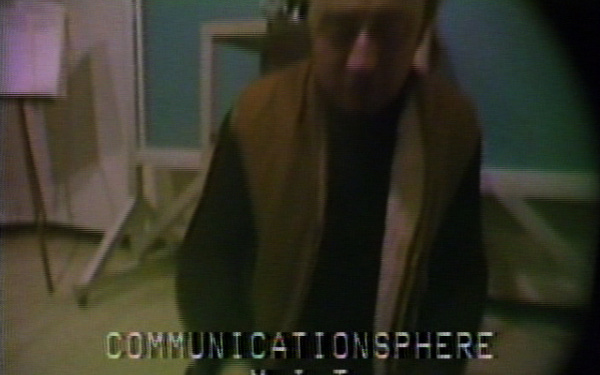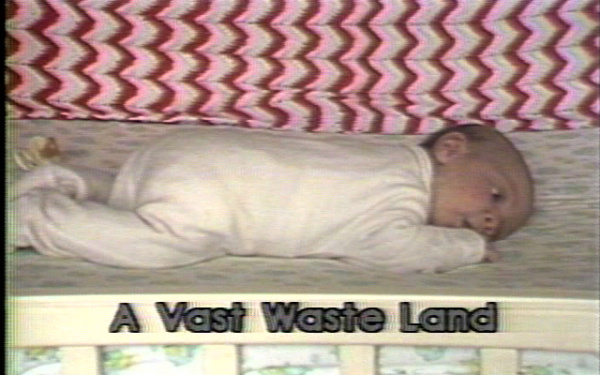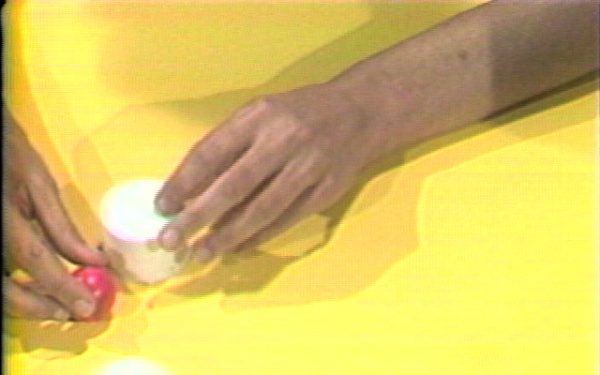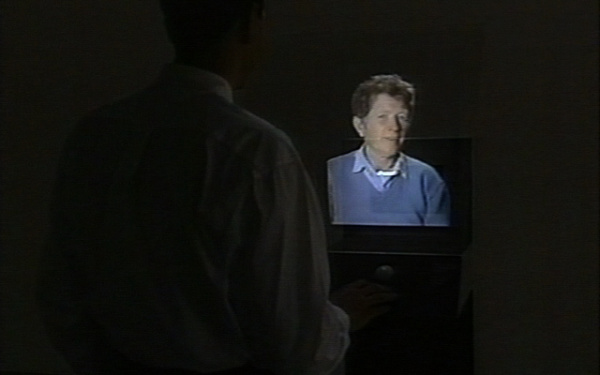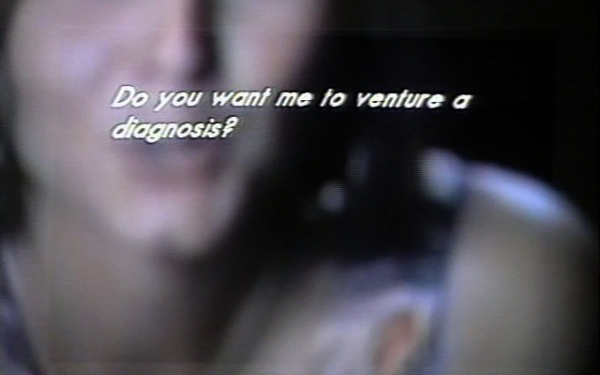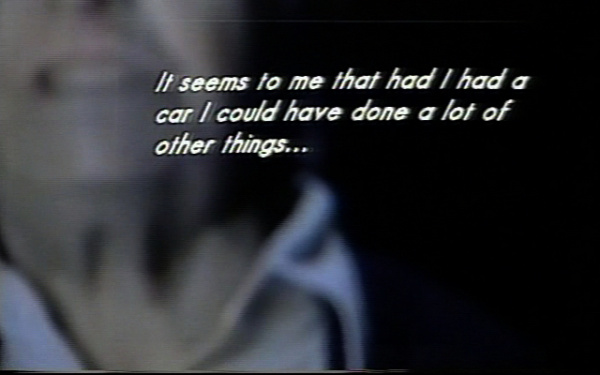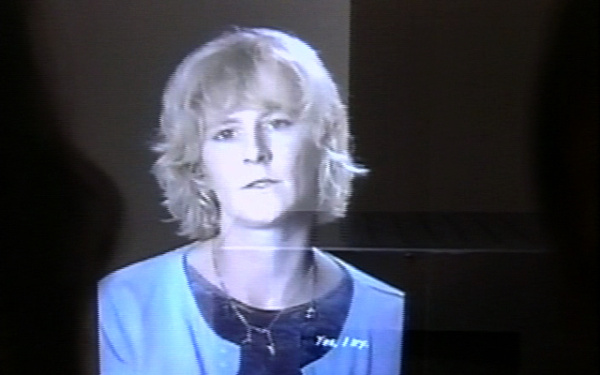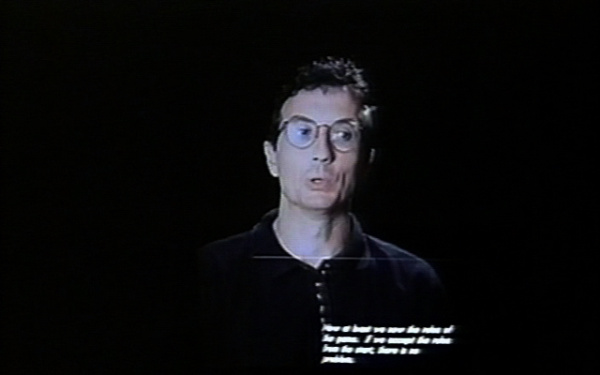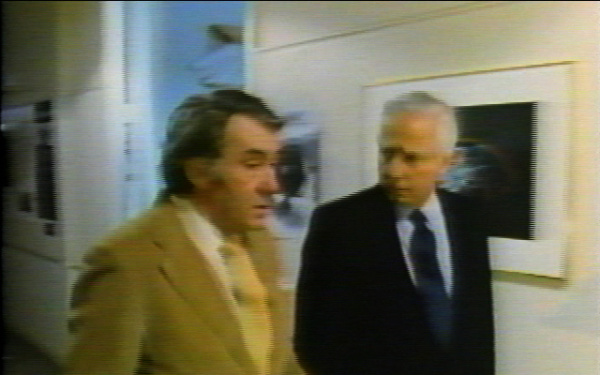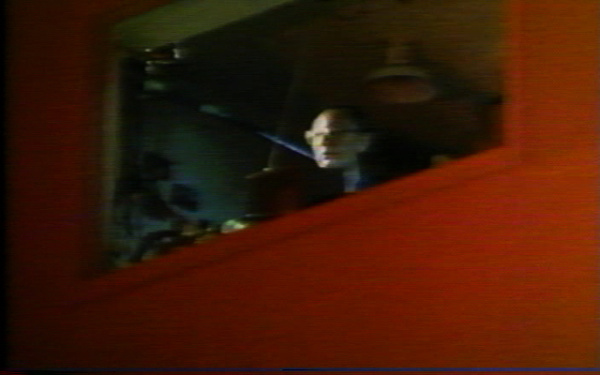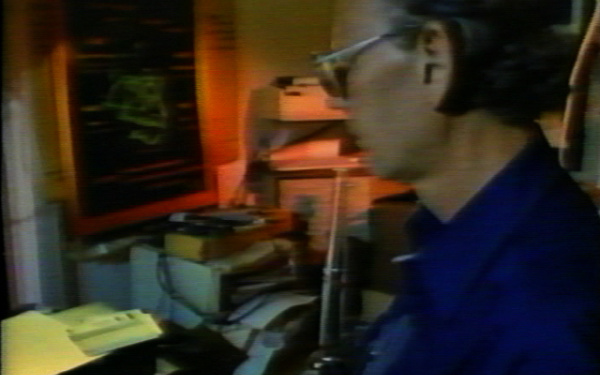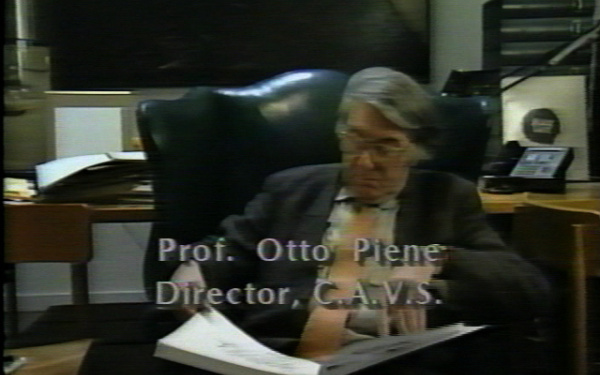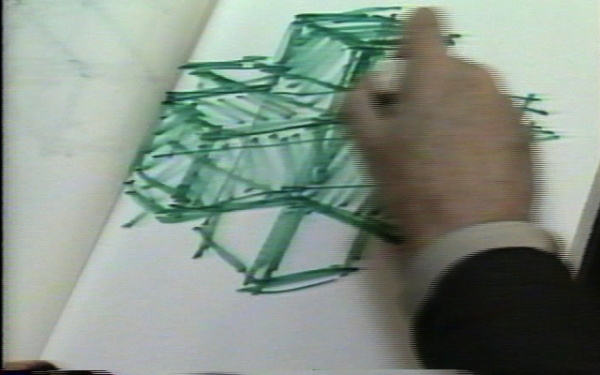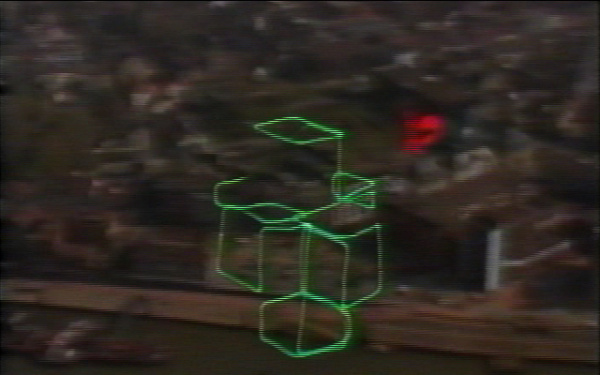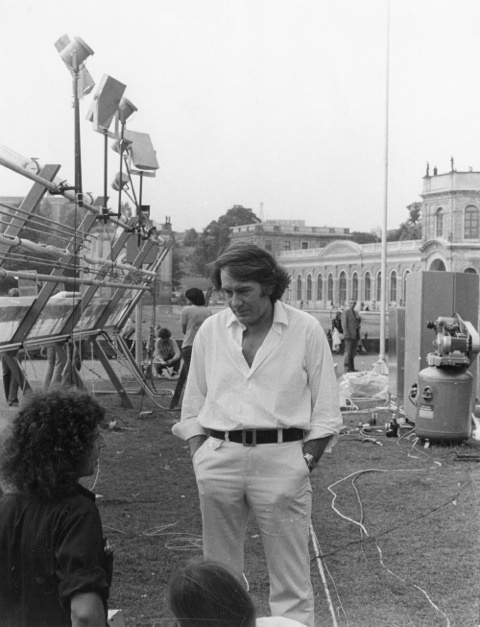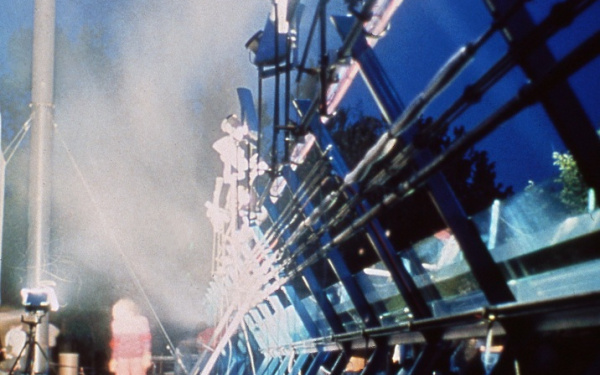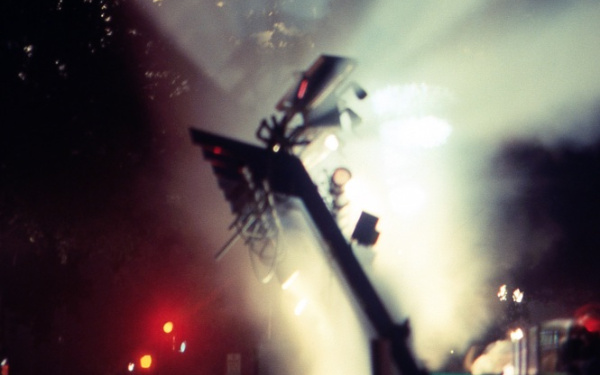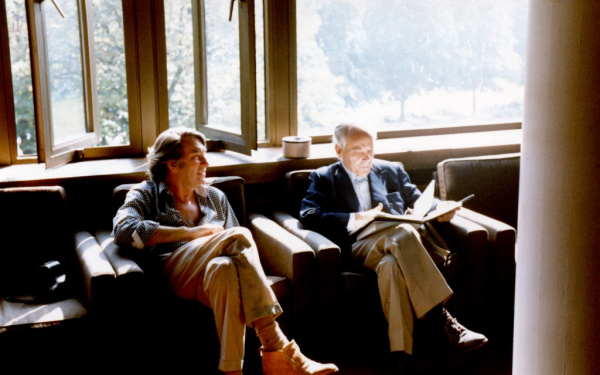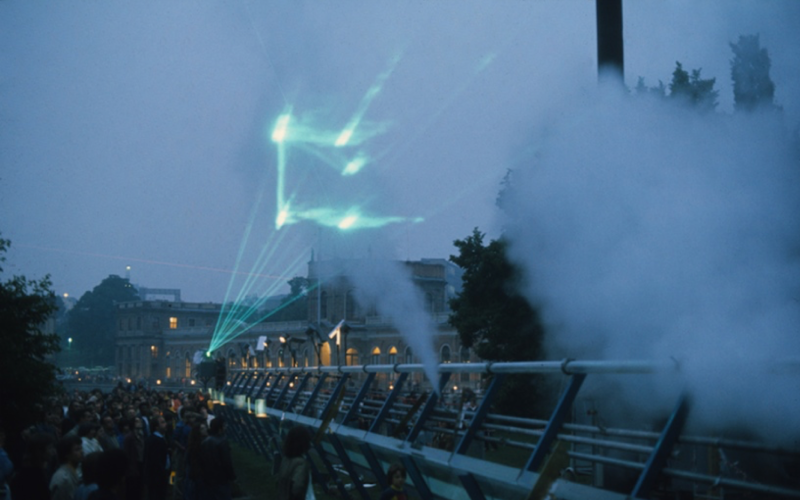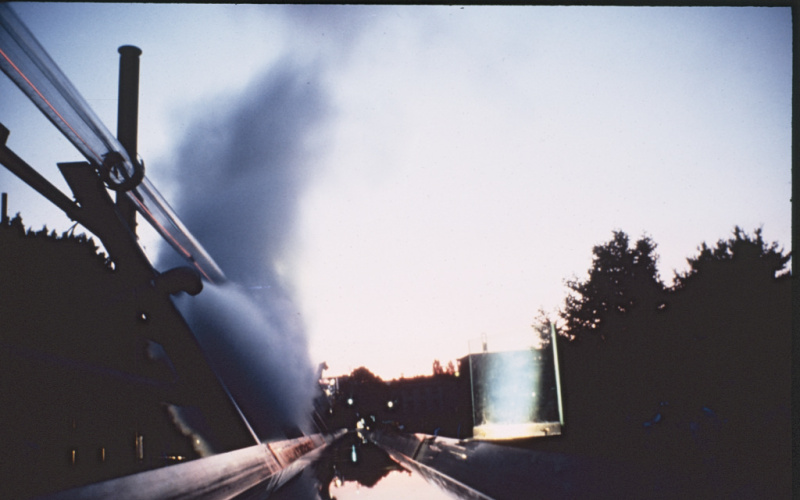Center for Advanced Visual Studies
Video Archive
The Center for Advanced Visual Studies (C.A.V.S.) was founded in 1967 at the Massachusetts Institute of Technology (MIT) to bring art into contact with current scientific and technical research. The founding director of the Center was the artist György Kepes (1906 in Selyp, Hungary – 2001 in Cambridge, MA). Although C.A.V.S. saw itself in the tradition of the Bauhaus and the Black Mountain College – Kepes had been appointed to the New Bauhaus in Chicago by László Mohol-Nagy and then invited former professors of the Black Mountain College in his function at C.A.V.S. – it set a different focus as an academic research center for art, science, and technology. In transdisciplinary collaboration, the fellows experimented with new materials and technologies. Kepes considered the interweaving of the fields to be fruitful: “Art and science complement each other; together they constitute the full horizon of creative mental life.” [1]
Initially, Kepes invited only renowned artists for fellowships. Among them was Otto Piene (1928 in Laasphe, Germany – 2014 in Berlin, Germany), one of the co-founders of the international artist group ZERO. He took over the management of C.A.V.S. in 1974. Like his predecessor, Piene attached great importance to creating an environment for specialists with the Center that allowed for a constant exchange with different groups and communities beyond the institution. The artists carried the results of their research beyond the boundaries of the university building. Thus, they conceived projects for urban space. Football stadiums and riverbanks became sites of experimental art. Piene, who had been teaching at MIT as professor of Environmental Art since 1972, shaped the program with his »Sky Art« events.
The use of video technology played a major role at C.A.V.S since the late 1960s. In the catalogue to an exhibition entitled »Centervideo«, which was shown in Paris and Cologne in 1981, Piene noted: “The media work of C.A.V.S. has emphasized subjective, personal, artistic approaches in the production of programs ('tapes' and films), media environments/installations and telecommunications.” [2]
In 2009, C.A.V.S. and the Visual Arts Program were integrated into the MIT Program in Art, Culture and Technology (ACT). The history of C.A.V.S. can now be viewed in the C.A.V.S. Special Collection at MIT. The archive contains numerous documents on the projects of C.A.V.S Fellows, including documentations of collective works, such as the legendary »Centerbeam« project for the 1977 documenta.
In 2014, the ZKM restored and digitized the C.A.V.S. video archive. The inventory comprises 235 data carriers. Digital copies are available at ZKM for research purposes. This archive contains the works of about 90 artists who were active at C.A.V.S. More than a quarter of the persons represented are women.
Under the title »Centerbeam. A Performative Sculpture by CAVS«, the ZKM dedicated an exhibition and a symposium (»Celebrating the 40th Anniversary of Centerbeam«) to this key project of C.A.V.S. in 2017.
[1] Elizabeth Goldring and Ellen Sebring, »Centerbook: The Center for Advanced Visual Studies and the Evolution of Art-Science-Technology at MIT« (Cambridge, MA: SA+P Press, 2019), 15.
[2] Elizabeth Goldring, Vin Grabill and Otto Piene, “Fact Sheet concerning video and media development at C.A.V.S., 1968–81“, in: »Centervideo: Film, Video, TV and Telecommunication 1968–1981 at the Center for Advanced Visual Studies Massachusetts Institute of Technology« (Cambridge, MA: MIT 1981), 19.
-
Artists of the archive:
Eric Begleiter, Joan Brigham, Shawn Brixey, Gloria Brown-Simmons, James Byrne, Peter Campus, Mira Cantor, Harriet Casdin-Silver, Jürgen Claus, Betsy Connors, Luc Courchesne, Peter D’Agostino, George Daskell, Joe Davis, Robert Dell, Sarah Dickinson, Henry Dorochovich, Juan Downey, Paul Earls, Dov Eylath, Diane Fellows, Robert Fisher, Rus Gant, Gregory Garvey, Sarah Geitz, Wendelin Glatzel, Elon Goitein, Jonathan Goldman, Elizabeth Goldring, Vin Grabill, Ken Grey, Romy Haag, Ron Hays, Pat Hearn, Marek Holynski, Catherine Ikam, Setsuko Ishii, Janet Jaffee, Christopher Janney, Dan Joyce, C.M. Judge, Dieter Jung, Ken Kantor, Linda B. Karlin, György Kepes, Laura Knott, Milton Komisar, Piotr Kowalski, Bernd Kracke, Shelley Lake, Nicholas Lascaris, Ricky Leacock, Titus Leber, Mary Meixner, Clara Meneres, Charlotte Moorman, Pedro Morais, Mike/Michael Moser, Joe Moss, Antoni Muntadas, Michael Naimark, Sean Nixon, George Numrich, Jose Nuno, Atsushi Ogata, Cheri Opperman, Nam June Paik, Otto Piene, Frank Pileggi, Frank, Robert Preusser, Keiko Prince, Noah Riskin, Seth Riskin, Jon Rubin, Lees Ruoff, Wolfgang Scheid, Bill Seaman, Ellen Sebring, Michael Shannon, Todd Siler, Julean Simon, Georges Singer, Charles Squire Johnson, Ian Strasfoge, Elaine Summers, Aldo Tambellini, Alexander Tana, Stan VanDerBeek, Tom Van Sant, Robert Webb, Delfine Ziegler
-
ZKM | Karlsruhe
Wissen – Collections, Archives & ResearchLorenzstraße 19
76135 Karlsruhe
Germany -
Contacts
ZKM | Collection
Tel: +49 (0) 721/8100-2008
E-Mail: collections-and-archives@zkm.deImage requests:
Tel: +49 (0) 721/8100-1967
E-Mail: image-requests@zkm.de
